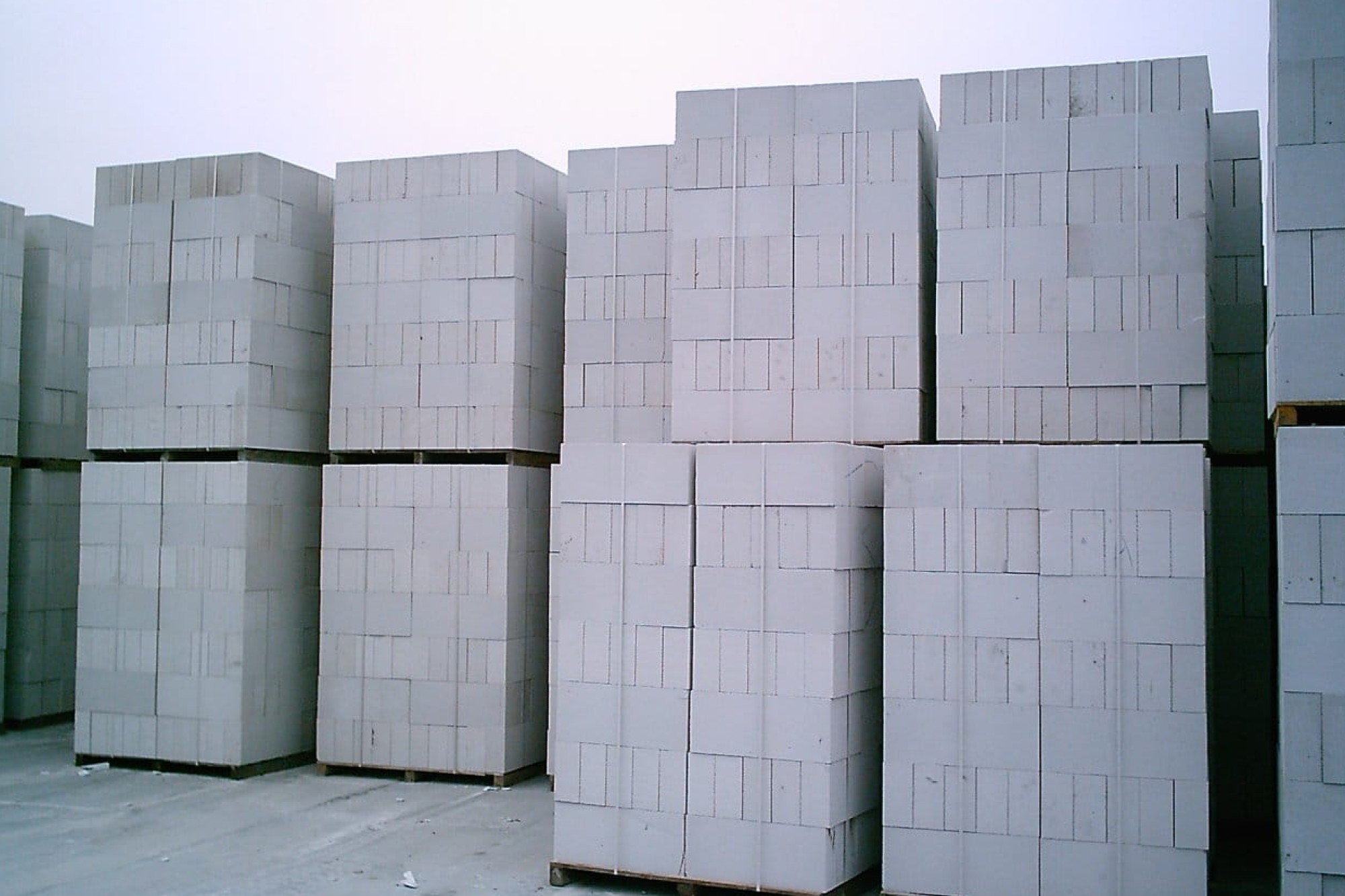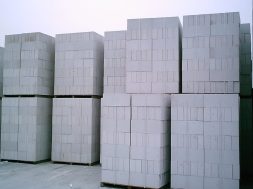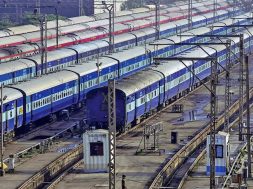AAC Blocks signals strong demand amid infrastructure boom

The market for AAC is expanding quickly in India due to growing infrastructure, environmental concerns, and rising acceptance in Tier II cities.
India’s market for autoclaved aerated concrete, or AAC, is expanding significantly. In contrast to the Indian market, which is expected to increase at a rate of 15-20 percent over the next five years, the global market, estimated at USD 19 billion (₹ 1.5 lakh cr) in 2022–2023 is expected to grow at a rate of USD 0.5 billion (₹ 4,000 cr). The demand for AAC blocks in India has increased significantly over the last several years and is continuing rising at a rate of 8-10 percent annually.
From a pitiful ₹ 50 crore in 2008, the Indian AAC industry has expanded to over ₹ 4,000 crore (CAGR of 58 percent). In the next five years, it expects to reach approximately ₹ 8,000 – 10,000 Cr at a CAGR of 15-20 percent. With an installed capacity of over 12 million cubic meters annually, there are more than 150 AAC block plants in India. The country’s increasing urbanisation and emphasis on environmentally friendly building practices are predicted to sustain the growth of the AAC block industry.
AAC block costs are now up by ₹ 200 to ₹ 300 per cubic metre recently. The recent growth has been caused by several factors. Due to the first quarter Union Election and the monsoon season, construction activity was slow in the first half of FY25. However, it has since picked up significantly, and demand for AAC blocks has also increased significantly. With a spike in building activity and the restart of infrastructure projects following the monsoon, raw material costs, particularly those of cement, lime, and coal, have increased. Given the current situation and the strong surge in demand for AAC blocks, more price increases are anticipated in the upcoming days.
Additionally, the shift from brick to block is steadily gaining traction. The decision to use AAC Blocks as a building material is influenced by several considerations. A couple of these variables include the rising price of red bricks and the quick development of infrastructure. Top developers and builders in metro areas have switched to AAC blocks, with adoption rates of 60 to 70 percent. The industrial and Tier II markets continue to have high demand. Forty percent of industry in Tier II cities additionally moved to AAC blocks.
The use of AAC blocks is anticipated to increase dramatically in the upcoming years due to a number of factors, including environmental concerns, growing infrastructure, growing awareness, and the blocks’ many advantages over red clay and fly ash bricks. The main drivers of the expansion of AAC are government initiatives to build infrastructure and housing, as well as rules requiring the use of environmentally friendly building materials in line with the government’s net-zero emission aim.
It is anticipated that during the next seven years, India is expected to see housing investments totalling approximately USD 1.3 trillion. Another significant game changer for the sector is the Indian government’s “Housing for All by 2024” initiative. The government is requiring the use of green building materials, such as AAC and fly ash blocks, for all of its infrastructure projects, including the Pradhan Mantri Awas Yojana, Police Housing, Kanya Shiksha Parishar, and other initiatives. This is very beneficial for the business.
Red Bricks vis a vis AAC Blocks
Red bricks have long been a standard option since they are readily available and reasonably priced. But it’s turning out that AAC blocks are a more robust, long-lasting, and sustainable option than red bricks. When compared to red bricks, AAC blocks perform better in the following parameter:
Compressive Strength: When compared to red bricks, AAC blocks typically have a higher compressive strength. The compressive strengths of AAC blocks, which are produced in specialised factories, range from 3 to 4.5 N/mm². In comparison, red bricks have compressive strengths of 2.5 to 3.5 N/mm² and are more generally available despite being less designed.
Durability: AAC blocks are made with a more uniform and durable design that reduces waste and construction flaws while also strengthening buildings overall. Because they are more brittle, red bricks may require more upkeep and waste.
Practicality and Workability: Compared to red bricks, AAC blocks are thinner and lighter, which facilitates handling, transportation, and integration into building projects. Because of its lightweight design, buildings may be constructed more quickly, with lower labour costs, and with more usable space.
Sustainability: AAC blocks are an environmentally beneficial recycled product created from fly ash, a byproduct of thermal power plants. On the other hand, making red bricks can have negative environmental implications and deplete topsoil.
AAC blocks are superior to red bricks in a number of important ways. They can withstand fire for up to four hours, which is twice as long as red bricks can. In addition to their superior sound and thermal insulation, AAC blocks can cut HVAC expenditures by 25–30 percent, whereas red bricks offer very little insulation. AAC blocks are more durable than red bricks since they are made to endure earthquakes and to fend off pests like termites. Since red bricks tend to absorb more water, AAC blocks are better suited for a variety of weather situations because they can absorb up to 10 percent of their weight in water.
Most notably, Bricks offers a rejection rate that is 10-15 percent greater than AAC. Additionally, one AAC block is equal to nine bricks, so the rejection rate for AAC is even lower. The previously mentioned arguments support the long-term effectiveness of AAC blocks. Urbanisation, government assistance, growing awareness, cost-effectiveness, and technical developments will all contribute to the growing significance of AAC blocks in the nation’s building sector.
For more details, visit: https://www.aac-worldwide.com/
Cookie Consent
We use cookies to personalize your experience. By continuing to visit this website you agree to our Terms & Conditions, Privacy Policy and Cookie Policy.






